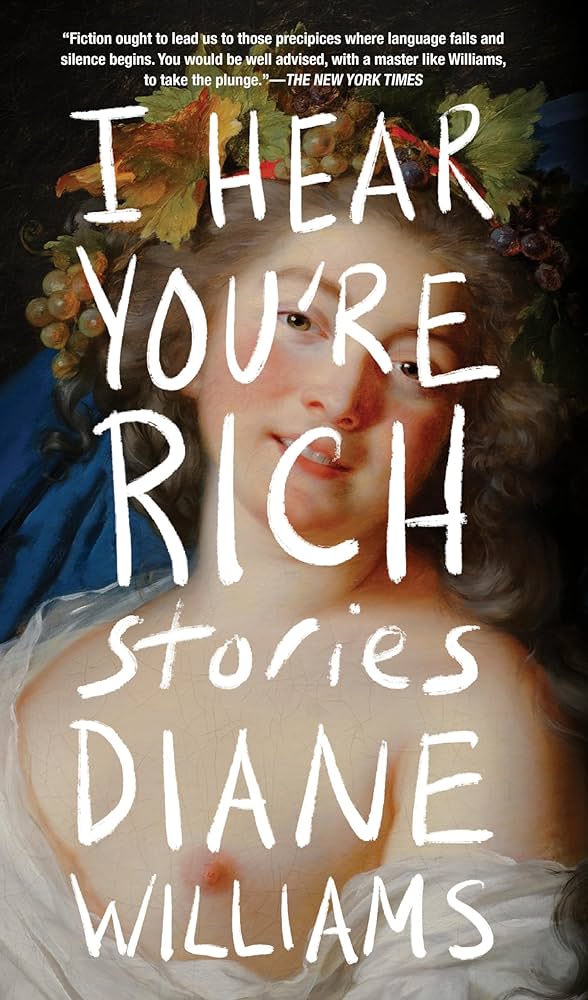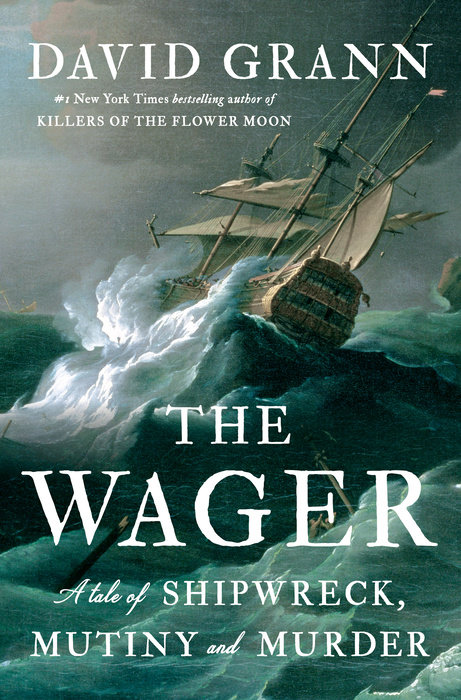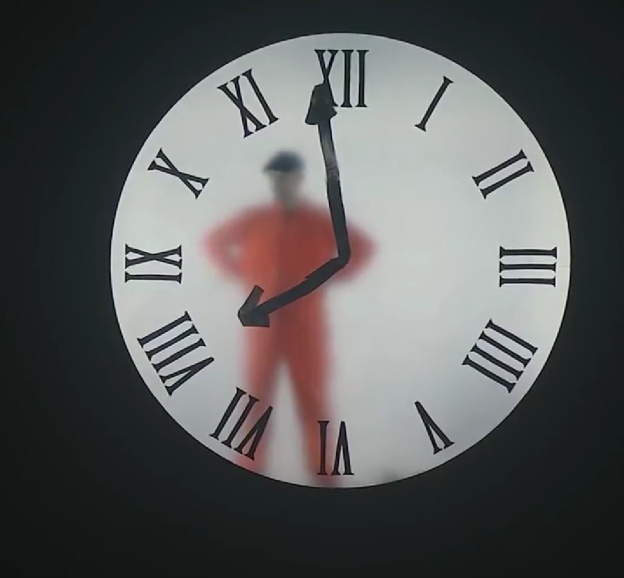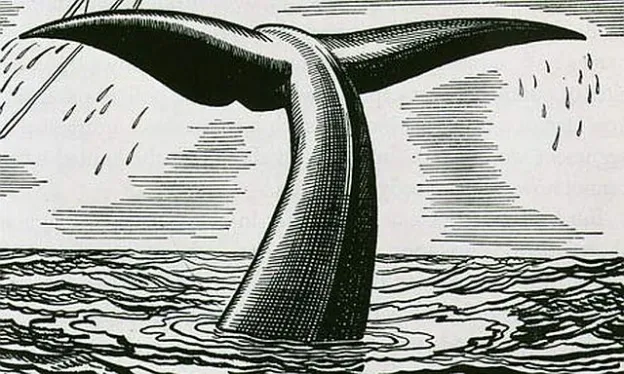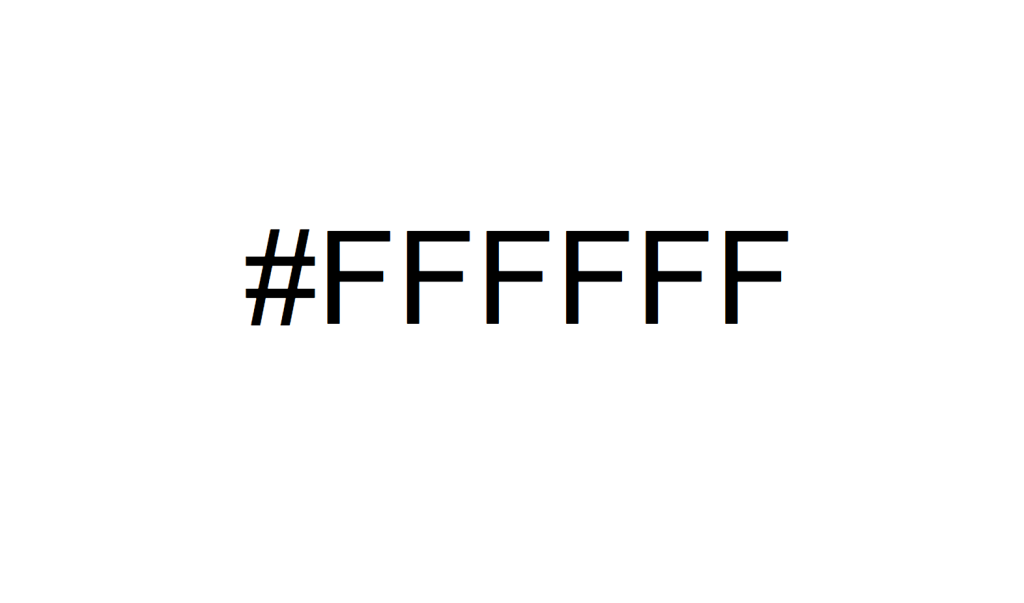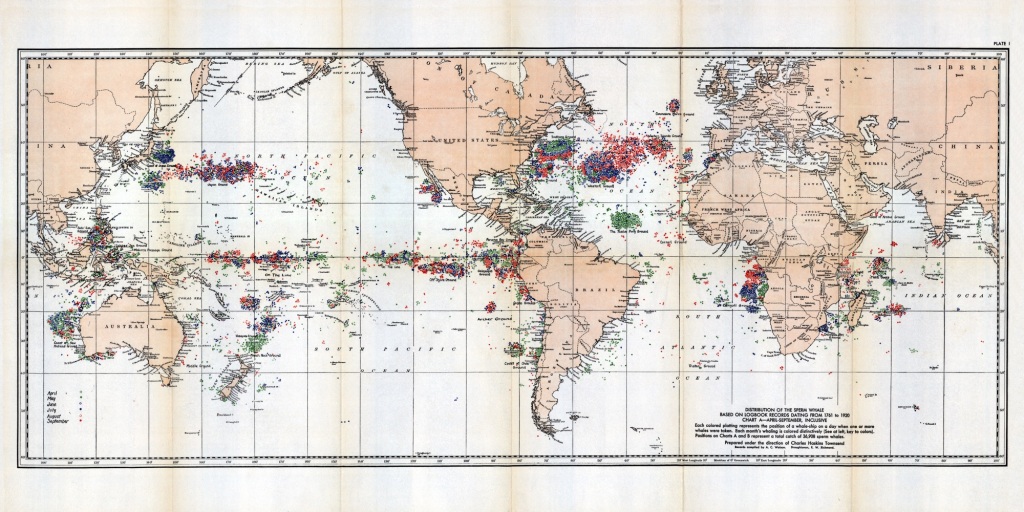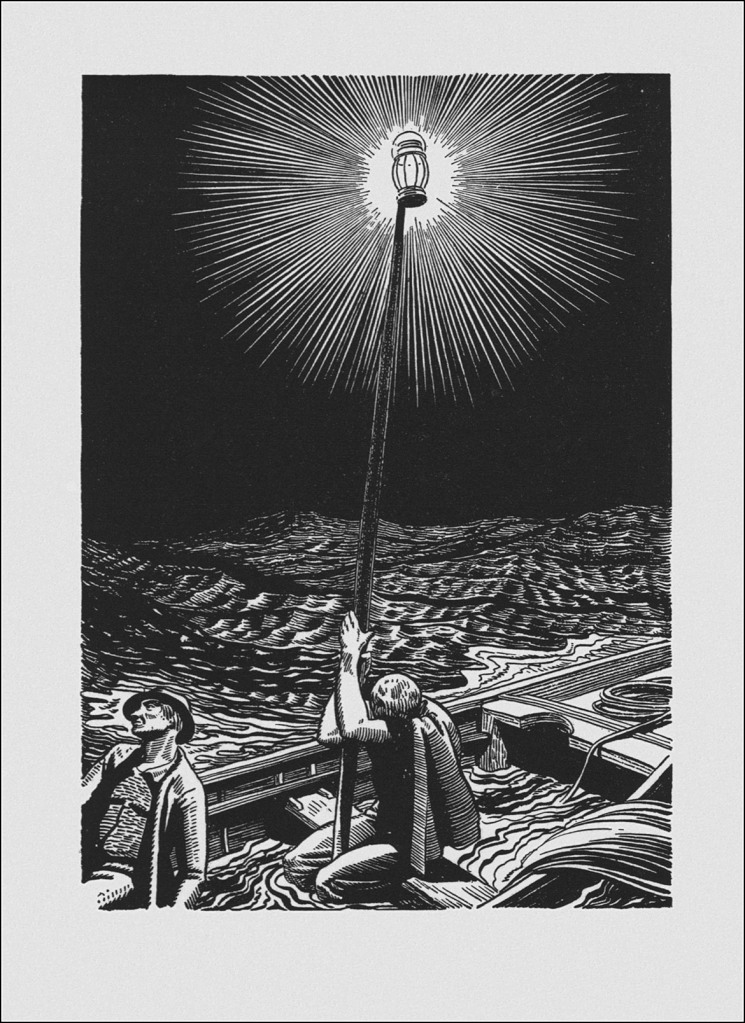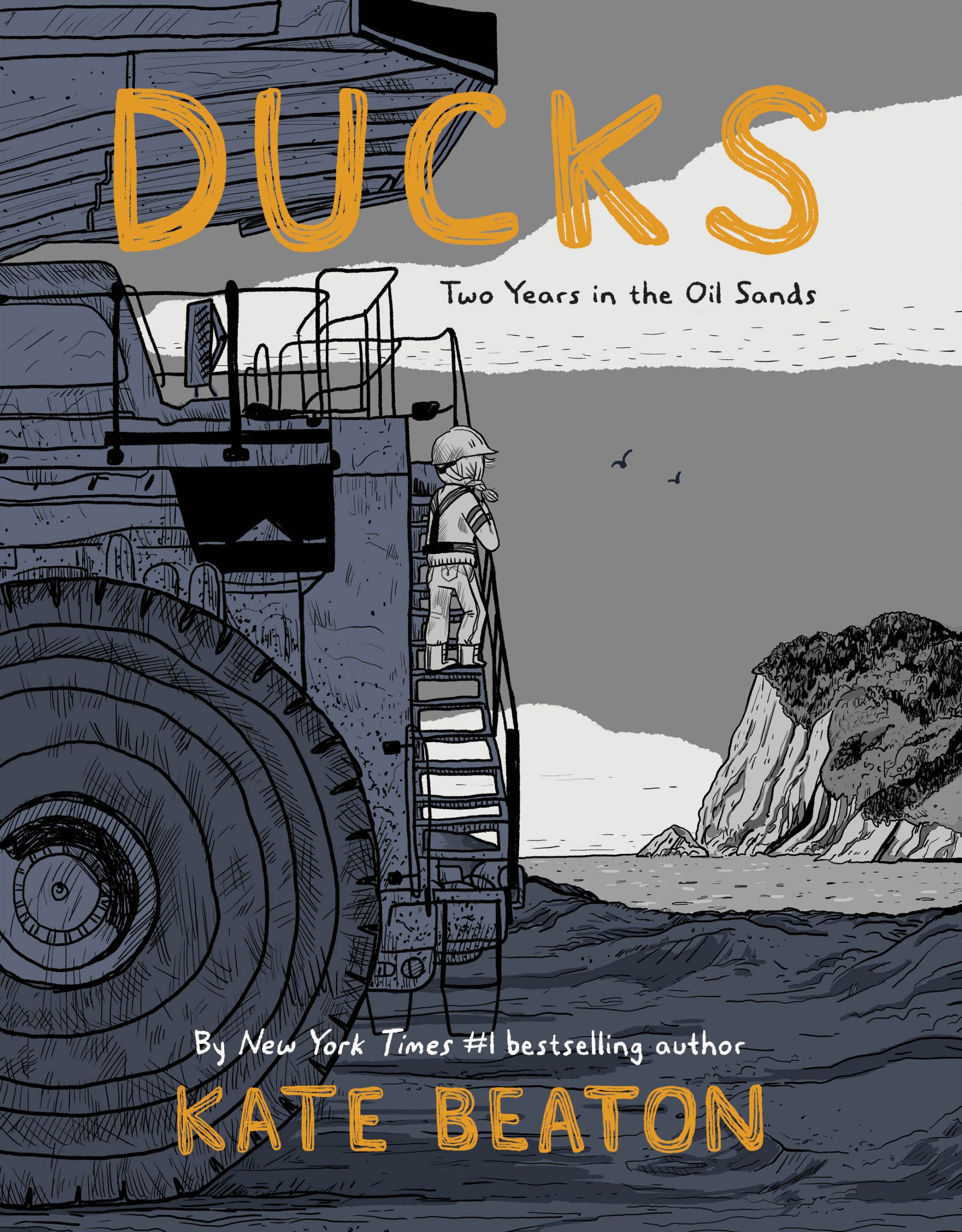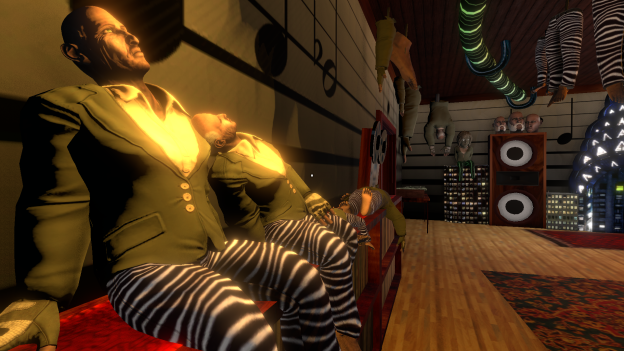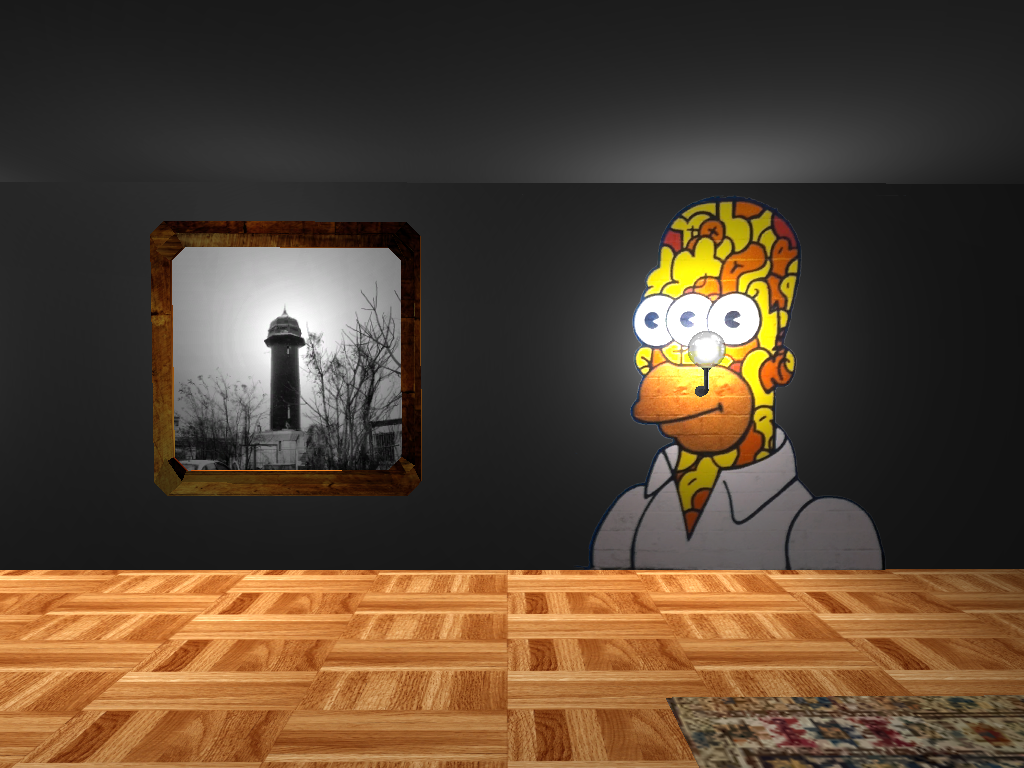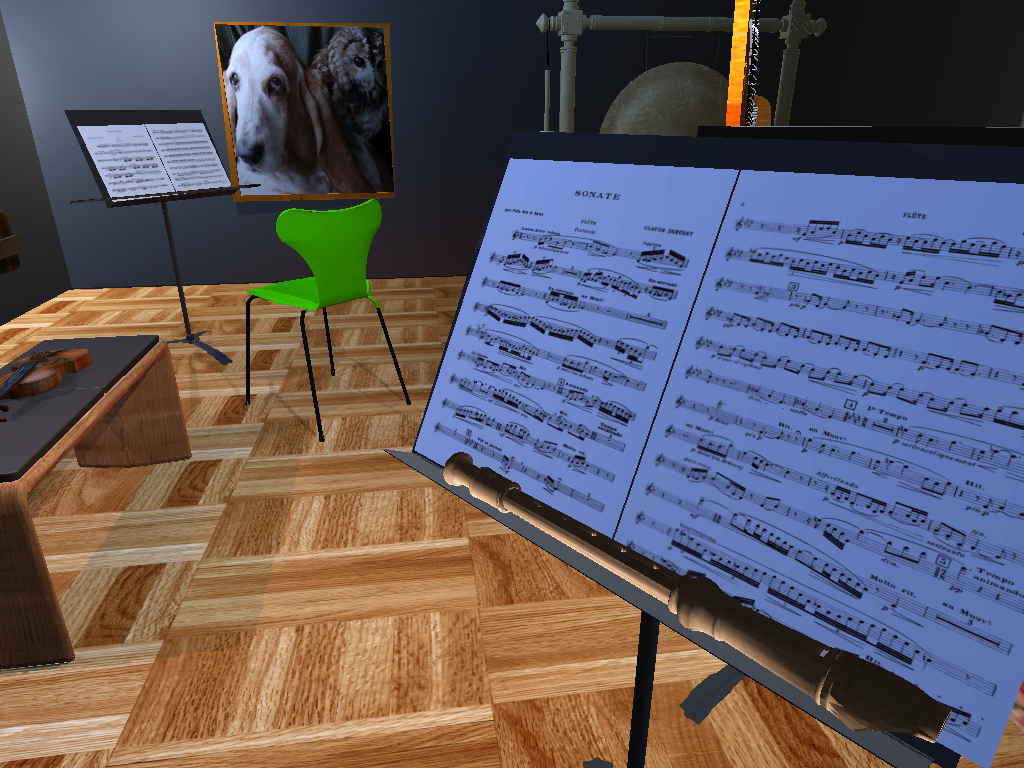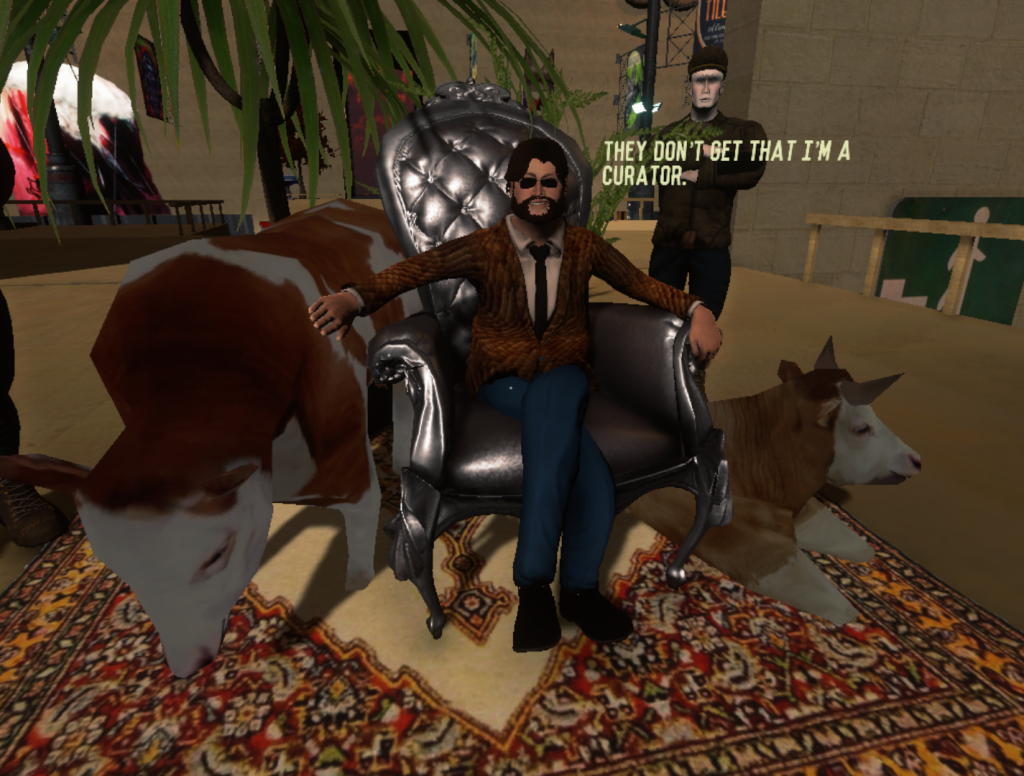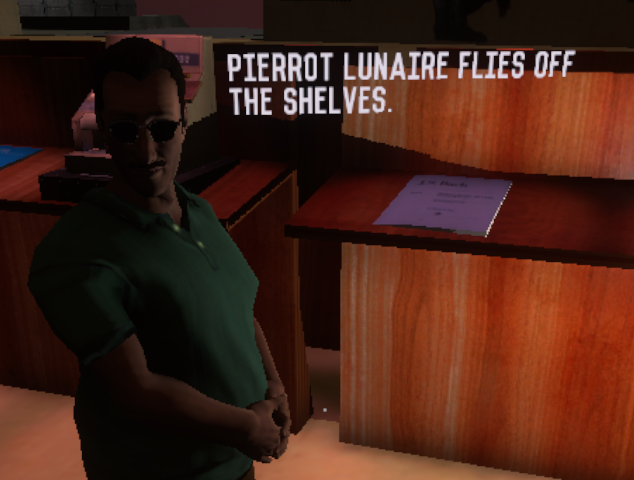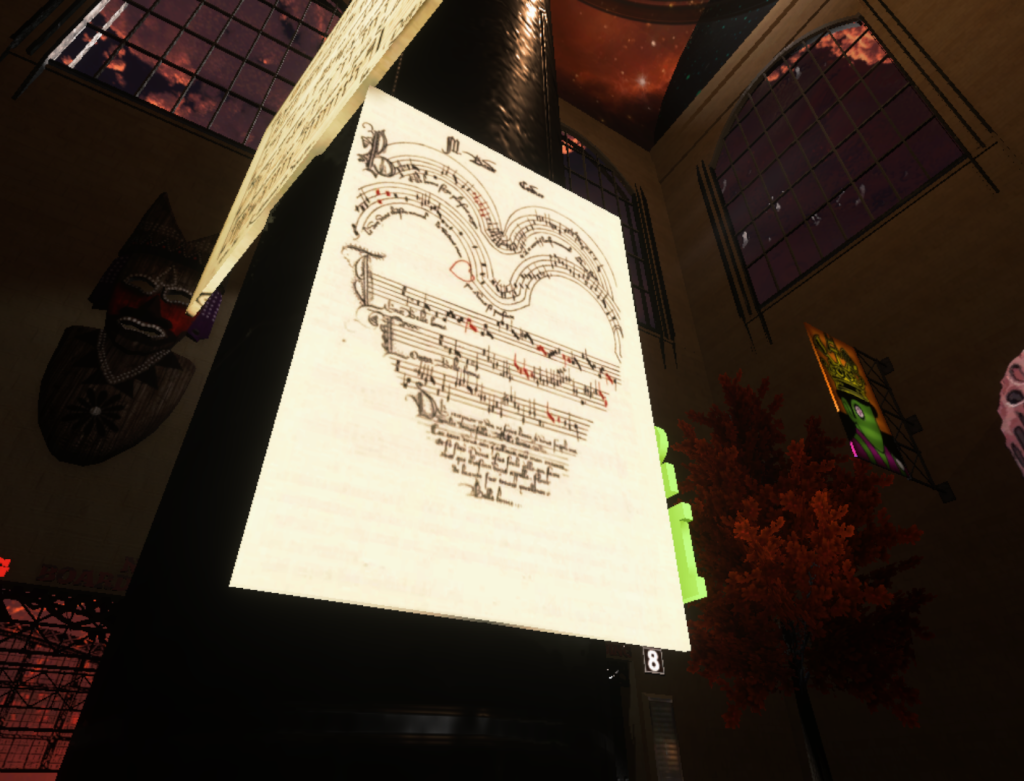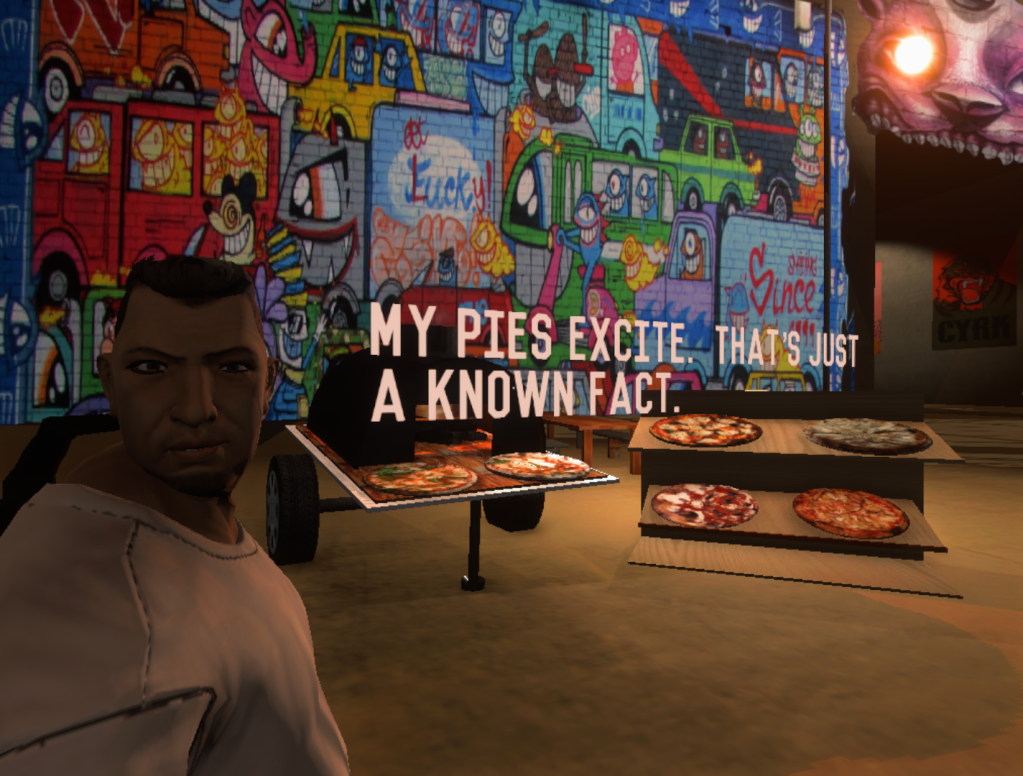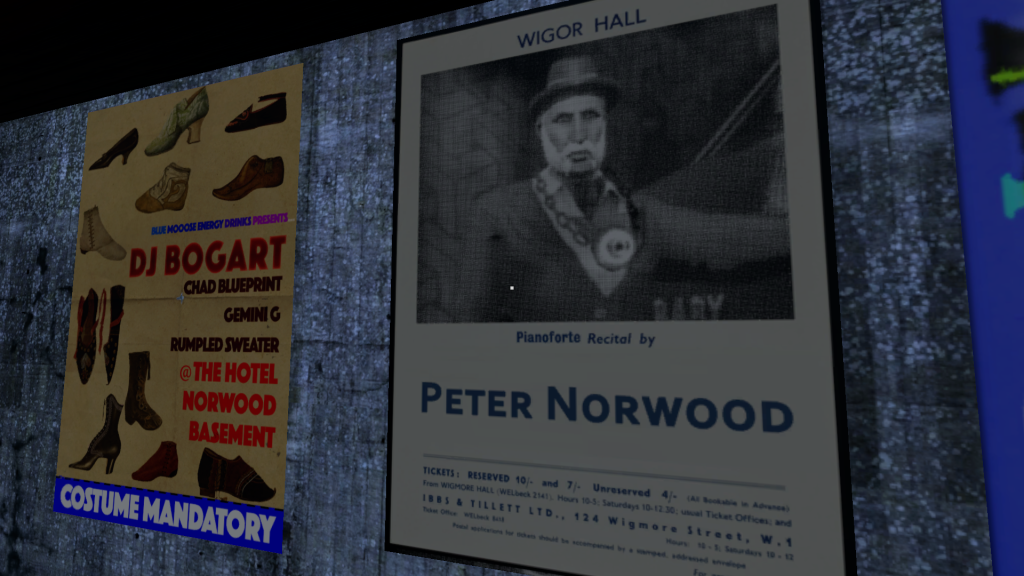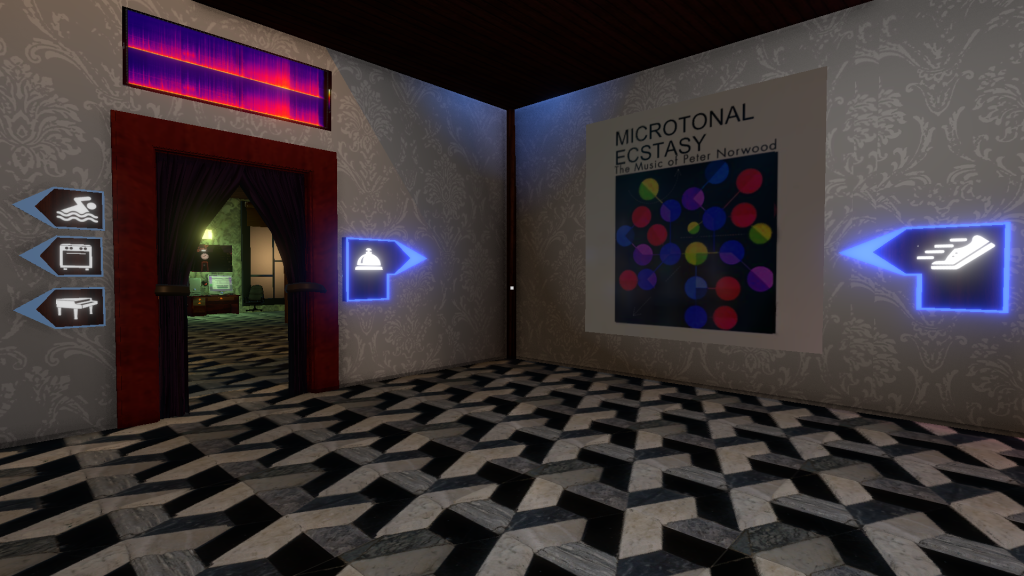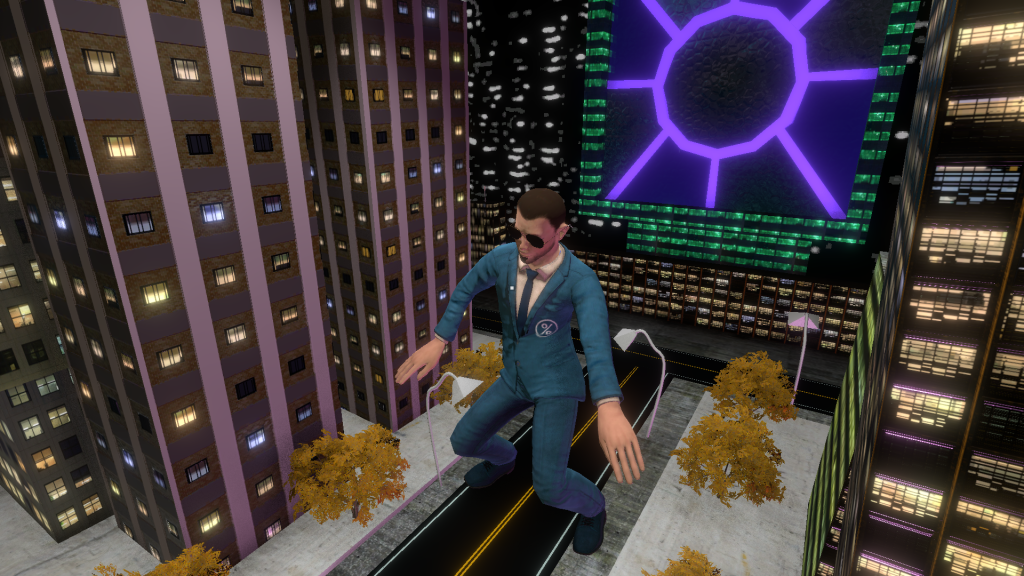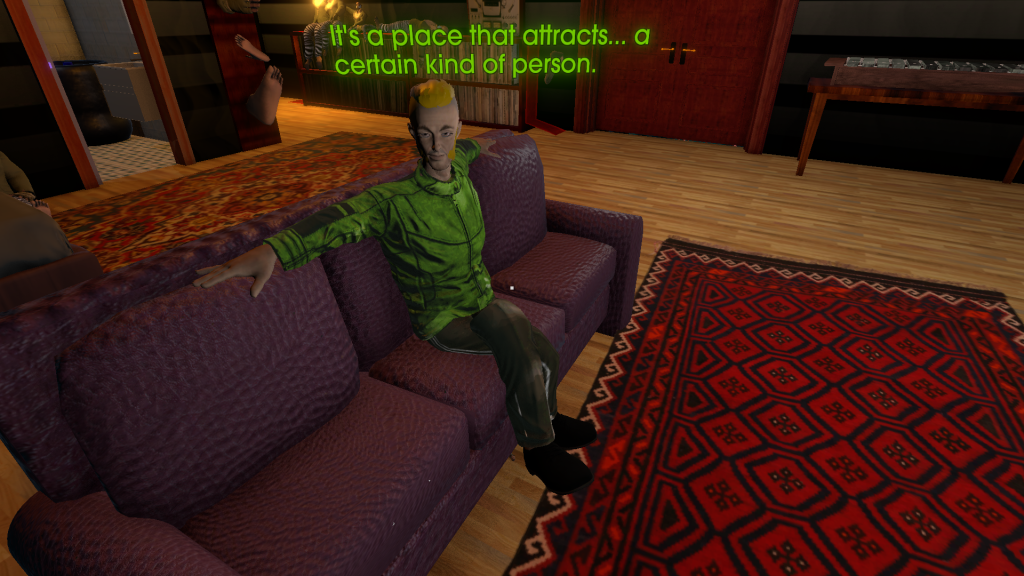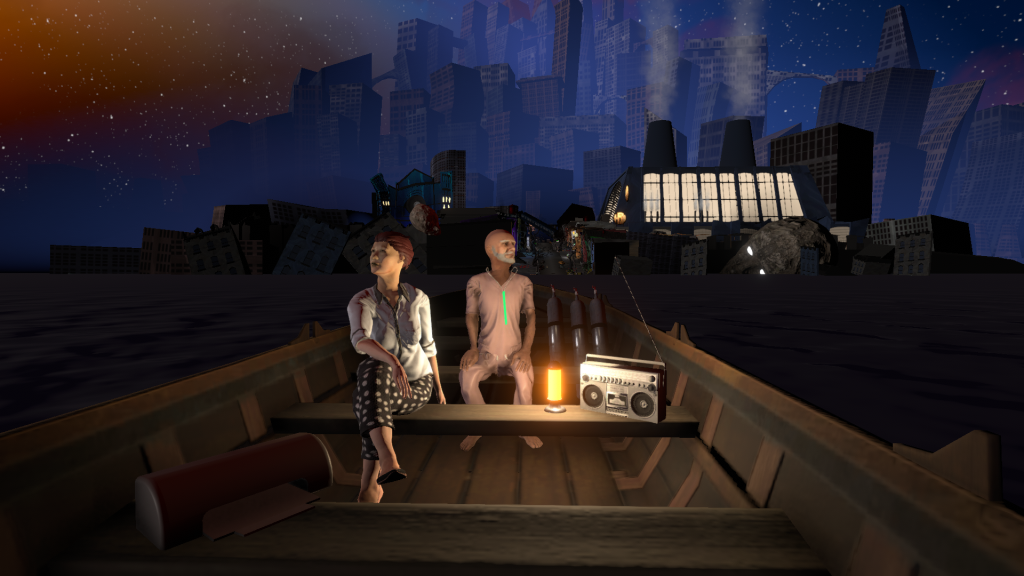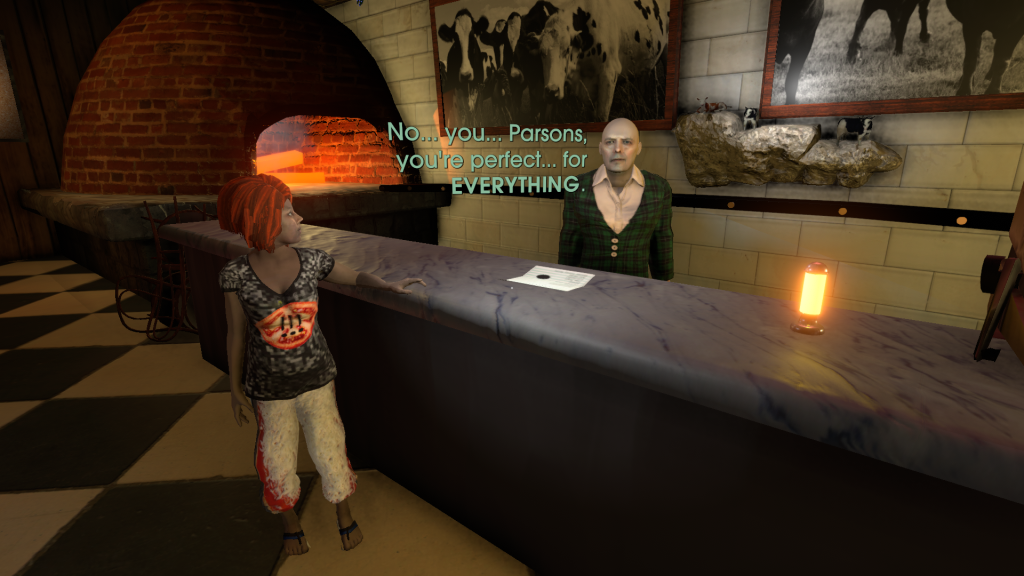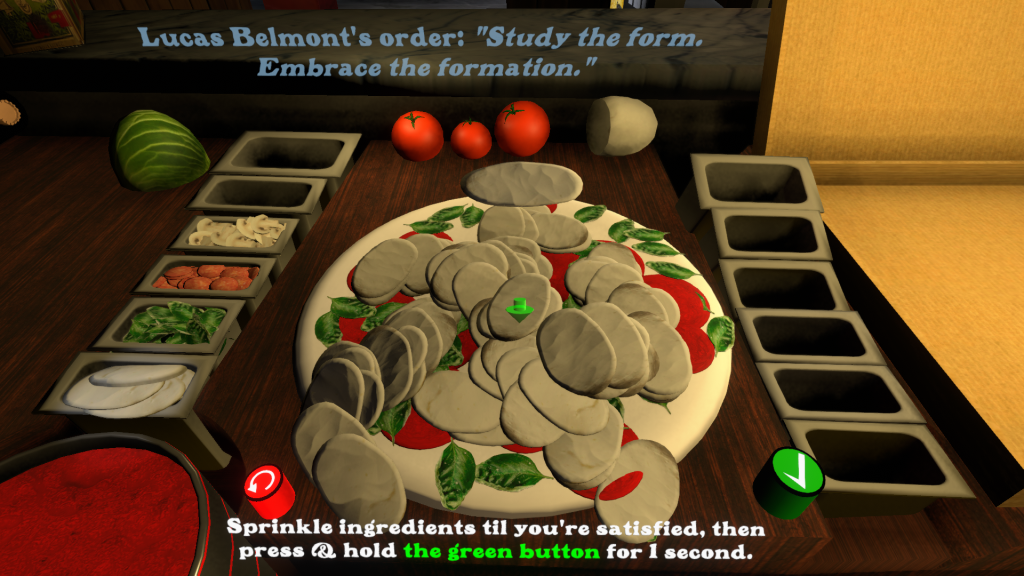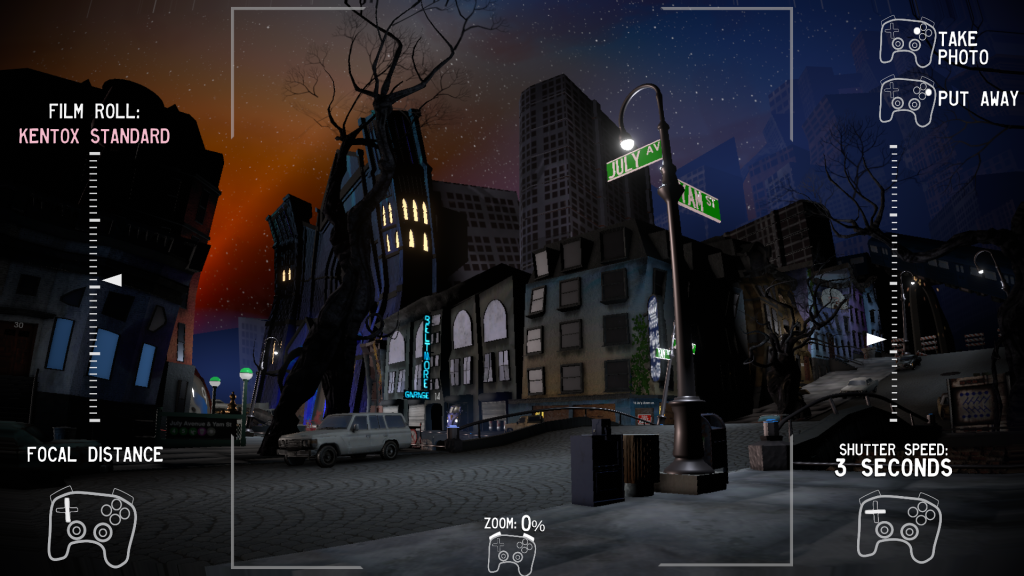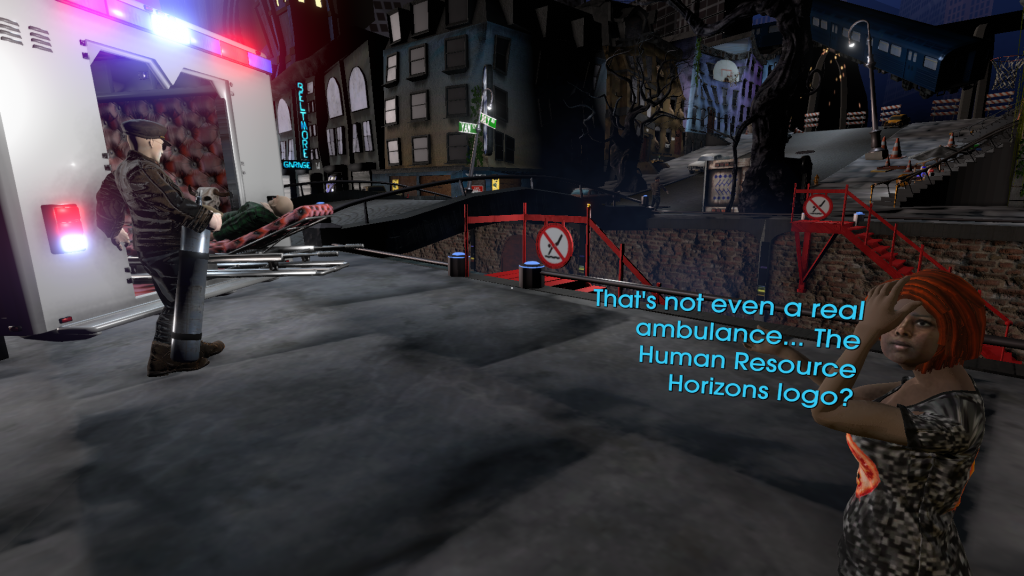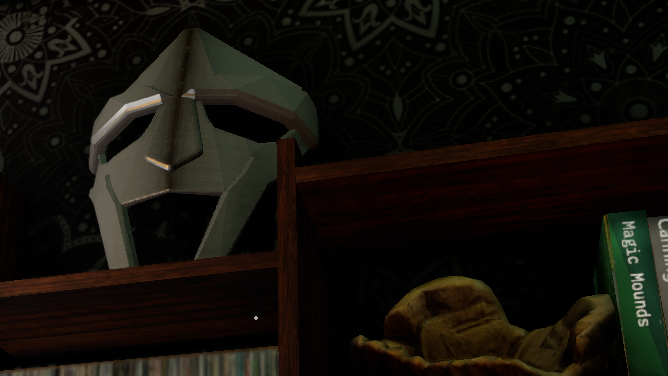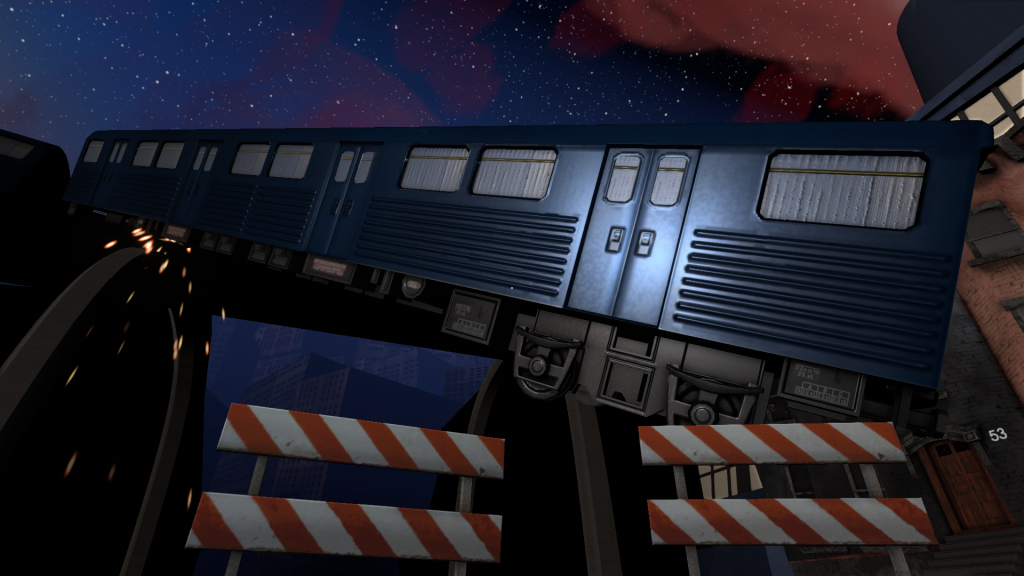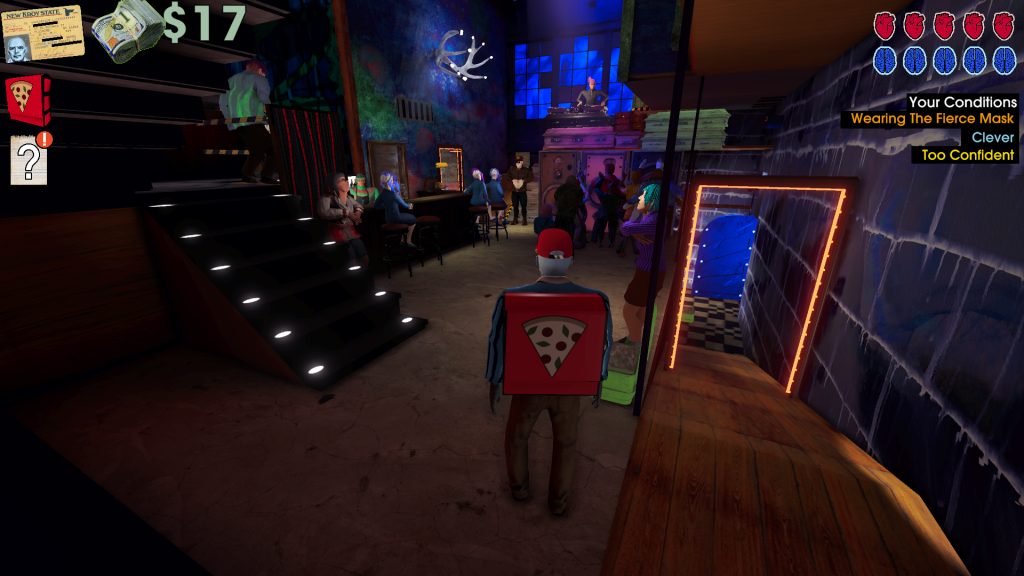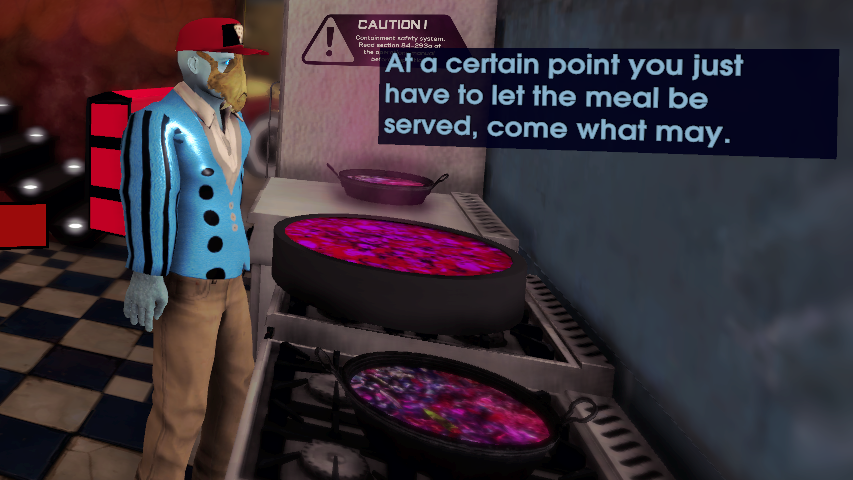This year marks an ambivalent personal anniversary–it is ten years since the start of my career in the media. Ten years ago I was a fresh-faced journalism student undergoing an arduous transformation from aspiring musician to radio producer. In my previous life I’d internalized Walter Pater’s famous remark that “all art aspires to the condition of music”: that every creative person to one degree or another wishes to invoke the pure abstraction, the mathematical quality and the intrinsically non-figurative nature of music, which as Leonard Bernstein famously said to a packed hall of well-dressed children, isn’t “about” anything. This is music’s strategic advantage over other art forms. You can choose to produce a painting that doesn’t depict a specific form from the real world, or you can choose to employ language after the fashion of Hugo Ball in a way that signifies no meaning. But when you set out to produce a piece of music, absent of language, you are producing a meaningless thing by default. Music progresses through time in the same way that a story does, but it does not require narrative to exist, and it does not convey narrative implicitly. This is what Pater’s edict seizes on: music is humanity’s way of expressing itself the way that nature does, with a beauty that can be both studied and felt, but without intrinsic meaning. A Bach fugue has no more or less meaning than a sturdy old oak. Three or four hundred discourse cycles ago this notion was reduced and distilled into the slogan “no thoughts, just vibes.”
But in journalism school I met a lot of very smart, creative people who did not aspire to the condition of music. In journalism school, I was introduced for the first time to the cult of storytelling. This was a moment in time when storytelling had not yet become a tedious LinkedIn buzzword–the lionization of narrative was perhaps at an all-time high. (“We’re all stories in the end,” said the Eleventh Doctor, defining my priorities for the next decade in the process.) We were told, with some justification, that humans are storytellers by nature, and that stories are the definitive way that people connect. We were taught to use narrative to bring humanity to systemic problems. We were told not to write if we had an “idea,” only if we had a story. I hesitate to even type out the following horrible notion, but we thought stories might save the world.
This storytelling boosterism has not entirely persisted. Sniff around the edges of the media, and you may detect a whiff of skepticism beginning to drift in. In 2021, Invisibilia ran an episode about slow TV, the value-neutral concepts of strong-narrative (Disney movies) and weak-narrative (Beckett plays), and how a political candidate with science and data on their side is powerless if their irrational opponent tells a better story. In 2022, Decoder Ring pointed out how corporate and cringe the whole notion of “storytelling” has become. This year, the LRB suggested that Italo Calvino’s embrace of the “storyteller” label “invites suspicion”–and that reviewers have been suspicious of him on these grounds for much longer than I would have imagined. And Jason Farago’s viral repudiation of Hannah Gadsby’s Picasso exhibition at the Brooklyn Museum ends with the kicker: “There is room for story hour in the children’s wing.” Are four examples enough to prove a trend? If it’s a trend this specific, I say yes!
None of this should be surprising. Over the last few years, our highest-profile stories have become spectacularly tiresome. I could castigate Marvel here, revealing myself as just another tedious internet cinephile. But the clearest, most egregious example of what I’ve begun to observe comes from the small screen, in fact from Netflix: the most catastrophically disappointing entertainment institution of the last ten years. Once upon a time, Netflix offered filmmakers the tantalizing opportunity to stretch their stories out past the rigorous limitations of a two-hour running time. “It’s basically a ten-hour movie,” we all said about every new series that appeared. If this practice ever seemed promising, the illusion was finally broken in 2022 with the fourth season finale of Stranger Things.
On its surface, Stranger Things adheres to the traditional wisdom that every scene in a story should progress the plot. A scene must either drive the narrative or establish character, otherwise it should be cut. Stranger Things is a conventional genre story in this respect: every scene is present to do some kind of narrative work. But, in deference to Netflix’s central metric of “minutes watched,” every single one of these plot-critical scenes goes on for too damn long. So what we end up getting is a sequence of scenes that were chosen on the basis of their narrative indispensability rather than any intrinsic interest they might convey. But because of their undisciplined length we don’t get any of the taut efficiency that this approach should lend. It’s the worst of both worlds.
There are alternatives to this. There are alternatives to the kind of storytelling that demands ruthless efficiency in the first place. The filmmaker Mike Leigh has made a career out of opposing it. His films reflect the mundane aimlessness of actual human experience, which, far from being boring, is enormously more varied and unpredictable than storytelling structured around tension and catharsis. At the end of a Mike Leigh film, you don’t usually get the sense that you’ve sat through a coherent story, exactly. But also, nothing you’ve experienced over the previous three hours has been included because it’s necessary for you to understand the next scene. Each scene is its own justification. Leigh’s Mr. Turner is the finest biopic ever made specifically because it doesn’t depict the turning points in its subject’s career. I agree with Jesse Thorn that dramatic television would be better if more television writers and directors would take on Leigh as a model.
There are other alternatives. I spent a massive chunk of lockdown watching voice actors play Dungeons & Dragons on YouTube. I’ve spent hundreds of hours playing it myself. When a story is improvised on the spot and governed by rolls of the dice, it can’t adhere to conventional screenwriting standards. It will inevitably surprise you the same way that life does. Likewise for video games, whether played as-intended, or creatively re-framed by players with their own agendas. (A cursed thought I’m obliged to burden you with: “All art aspires to the condition of software.”)
There are older alternatives. Look to the comparatively languid blockbusters of generations past, or to the theatre of past centuries, or to my forever novel, Moby-Dick. I am tired of a certain kind of storytelling and I am looking for something new, or very old. Why have I become this person? Did Stranger Things make me into this? Have YouTube and video games short circuited my brain? Or did they simply remind me of something I knew in my music school days, but managed to suppress?
I’m not about to suggest that storytelling is The Enemy. I’m not proposing that we should Ban Narrative. Allow me to moderate my position with the following two dictums:
- Narrative is one of many effective ways to be expressive and reflect the world, not necessarily the definitive one; and
- The practice of focussing a story on its most essential, momentum-inducing elements and character beats does not necessarily improve it.
Here are ten things I loved this year, in five categories: a winner and a runner-up in each. (I’ve managed three honorable mentions per category as well, so you can either think of this as ten things I loved, or twenty-five things I at least liked.) It feels ungenerous to reduce these beautiful things to cudgels that support my argument. Many of them apply to it only glancingly. Some contradict it altogether. Nevertheless, I’m struck by how much of what I’ve loved this year challenges contemporary notions of narrative, so it feels only right to frame them this way.
Movies
Runner-up: Aggro Dr1ft
In October, the New York Times critic Jason Farago wrote about how “culture has come to a standstill” over the last twenty years. He writes about how the modernist impulse to “make it new” exhausted itself after a century of feverish innovation and that even the postmodern project of the late 20th century feels retrospectively less like “the end of history” than an extension of modernism itself. He wrote: “To any claim that cultural progress is ‘over,’ there is an easy and not inaccurate retort: Well, what about X?” (Not the website formally known as Twitter, mind. He’s using the letter X like we used to.) He goes on to cite several X’s that feel novel to him, asserting that they don’t undermine his claim that “cultural production no longer progresses in time as it once did.” At this, I could not help but wonder: has he not seen Aggro Dr1ft?
Harmony Korine’s whole career as a filmmaker is a confrontation with conventional narrative. His latest film is nominally a crime story, but it’s told with the familiar aimlessness of Gummo, in voiceover composed of mantras and intentional clichés. Korine filmed it entirely with infrared cameras, producing garish colour fields where there would normally be faces and landscapes. It’s tempting to call it “painterly,” except that it’s incredibly ugly. It owes less to modern art than it does to the Sega Dreamcast. Aggro Dr1ft is the long-threatened wedding of Korine’s “liquid narrative” with video games: the natural home of post-narrative entertainment. It is fascinating to behold.
Perhaps there’s really nothing new under the sun. It’s been suggested that Korine is only doing what legions of experimental filmmakers have done in near total obscurity for generations. (I had the privilege to see newly restored films by the German filmmaker Dore O. this year: a frustrating and unsatisfying experience that nevertheless demonstrated the length and depth of the lineage to which Aggro Dr1ft belongs.) But I’ve never seen a filmmaker dedicate himself to these experimental practices with so little preciousness and so much energy. Some will protest that Aggro Dr1ft is empty: a meaningless provocation for a shallow, streetwear-obsessed audience of young white edgelords. The fact that Korine’s new production company is literally called “Edglrd” supports this, as does the composition of the TIFF midnight audience I saw it with. True, Aggro Dr1ft has the aesthetic of the early aughts, proto-edgelord internet. But it leaves out the annoying nihilism. This film cannot countenance a thing like nihilism, because it doesn’t have a single thought in its beautiful empty head for all 80 minutes of its slim running time. It fucking owns.
Winner: Menus-Plaisirs–Les Troisgros
It wasn’t inevitable that cinema would be built around narrative. At the inception point of filmmaking, the Lumiere brothers used their new tool to convey the world around them in a constellation of moments. It is possible to use film not to construct reality, but to observe reality–in a manner mediated only by the placement of the camera and the timing of the cuts. If we accept this mission as the apogee of film, then Frederick Wiseman is the greatest filmmaker of all time.
Everything Harmony Korine does as a provocation, Frederick Wiseman has been doing as a matter of course for more than fifty years. Each new Wiseman film selects a new location or institution to explore, and simply allows the audience to see what transpired in front of the camera. I’m not naive: these films are not entirely without artifice. They are miracles of editing. But Wiseman does away with almost every other technique that other documentarians rely on for clarity or narrative thrust. He uses no non-diegetic music or sound. There’s no onscreen text–not even captions to let you know who the people you’re looking at actually are. He doesn’t interview his films’ characters. Everything you see in a Wiseman film is an interaction that would have happened regardless. And there are no talking heads to give you their opinions about what’s transpiring.
Wiseman’s latest film, made at 93 years of age, is about the Troisgros family and their Michelin three-star restaurant in the French countryside. The paterfamilias, Michel Troisgros, is beginning to pass on his responsibilities to his two sons César and Léo. César, the elder brother, is responsible and ambitious: a chip off the old block. Léo is a renegade, piling flavour on top of flavour until his front of house staff can’t figure out how to describe his creations to the diners anymore. But these are my own impressions of the brothers Troisgros. A more conventional documentarian would have used a talking head interview as shorthand to introduce them exactly as I’ve just done. Wiseman simply positions the camera in front of these three men and lets them talk to each other for ten minutes in an unedited shot, letting their character emerge for itself.
Truth is stranger than fiction, but today even non-fiction strives for the orderliness of a three-act screenplay. Menus-Plaisirs–Les Troisgros is Wiseman’s forty-fourth attempt to do the opposite, and it succeeds in revealing more about family, passion, work and obligation than any voiceover narration could convey.
Honourable mentions: If Menus-Plaisirs is the best movie of the year because it accurately reveals human character, May December is the third-best because it critiques Hollywood for failing to do the same. It is a distant cousin of Mulholland Drive: an unsympathetic examination of the practice of acting from Todd Haynes, the greatest filmmaker about film. At the risk of unduly focussing on movies about making art, I also adore Showing Up. Kelly Reichardt’s quiet, deadpan humour is at its best here, and it’s rare to see such an unsentimental film about the lives of struggling artists. Also, in spite of what this list actually says, the best movie of the year is probably Hayao Miyazaki’s The Boy and the Heron. I need a few more watches to get a handle on it. But it is magnificent to see a crotchety old Prospero breaking his staff and drowning his book with such confidence, after the most magical filmmaking career of the last fifty years.
Books
Runner-up: I Hear You’re Rich (Diane Williams)
It’s hard to describe what kind of stories Diane Williams actually writes except that they’re very, very short. The shortest story in her latest collection is only one sentence long. On average they’re two or three pages. I’m pointing this detail out first because it’s what everybody points out first about Diane Williams. But this isn’t useful. To understand what Diane Williams does, you need to read a story. I recommend this, probably my favourite story collected in I Hear You’re Rich.
I encountered Diane Williams on a shelf at Toronto’s TYPE Books labelled “PLOTLESS FICTION.” This description can only be so accurate, but it’s true that Williams’ stories are more concerned with revealing the details of a single moment or a fleeting thought than with a sequence of events. “Zwhip-Zwhip,” the story linked above, contains more action than many of Williams’ other stories. But what sticks with you is the implied relationships between the characters, the atmosphere of desperation, and especially memorable lines like: “Blue jays in the pine tree let loose their unmusical jeer calls and in some other more ingratiating atmosphere elsewhere–say, where cardinals live–the locale is heavenly.” It’s tempting to sit down and blaze through twenty of these miniatures in one sitting. But every time I’ve tried, I find myself revisiting details and losing myself in thought such that it takes me almost as long to read each story as it would to read one of a more standard length.
Most of Williams’ earlier collections have been compiled in a single volume that’s been my definitive reading experience of 2023, though I’m not even halfway through. But this exceptionally short new collection contains some of Williams’ most shocking and brilliant work. Sexual epiphanies occur. Relationships stay together when they ought to fall apart. A lady flies. On the whole, Williams conforms to realism, but it is realism expressed with the speed and strangeness of human thought.
Winner: The Wager (David Grann)
Usually when a nonfiction book reads like a novel I get my hackles up, for exactly the same reason that I don’t like talking heads to tell me how to feel in documentaries. It makes me suspect that the author is manipulating reality: rendering it down into convenient narrative shorthands. There’s nothing implicitly wrong with that, and it’s inevitable to a certain degree. But in The Wager, David Grann demonstrates how little it’s possible to do this while still telling a Hollywood-worthy story.
The Wager tells a story of derangement and depravity in the Age of Sail. It’s the story of how the British Empire sought to impose its will on the world, and how it maintained its civilized self-image in spite of its brutality. It is also a workplace comedy about how an overzealous boss turns his own subordinates against him. Grann’s book operates on two different scales: a zoomed-out view of impassive weather systems and geopolitics, and a close-up view of three characters who might resemble people you’ve come across in your own workplace. Captain David Cheap will be familiar to anybody who’s worked for a promotion-hungry boss willing to ruin your life for their own advancement. Gunner John Bulkeley is the reluctant union man: hesitant to hold power, but willing to do it in order to represent the interests of the many. And seventeen-year-old midshipman John Byron is every inch the starry-eyed intern who’s slow to recognize the brutal reality of his new industry.
The fact that these characters come to life as vividly as they do is not a product of Grann’s imagination, but his research. Byron and Bulkeley left detailed journals of their time aboard HMS Wager. This obviates the need for standard non-fiction contrivances like fake dialogue or speculating on motivation. The Wager begins with an author’s note: “I must confess that I did not witness the ship strike the rocks or the crew tie up the captain. Nor did I see firsthand the acts of deceit and murder.” That is the last time we’re made to worry about the truthfulness of this story, until the lies belong to the Empire itself.
Honourable mentions: These mentions are somewhat less honourable than in other categories, given that I read a total of five new books in 2023. Fewer than that, even, when you consider that I haven’t actually finished Emily Wilson’s new translation of The Iliad. Nevertheless, I’m confident to include it here: it’s a fast-paced and passionate account that finally broke the seal on a text that’s resisted me for my whole life. Otherwise, my contemporary reading has been dominated by uncertain non-fiction. Ben Smith’s Traffic is an annoying little book about how a handful of smart people ruined the media by leveraging their connections and personal ruthlessness instead of their brains. Still, I’m happy to have read it because the story it tells is the story of how the internet arrived at its present, apocalyptically terrible state–even if it isn’t couched in the outraged tone I’d prefer. Finally, John Vaillant’s Fire Weather is dazzling to the point of self-indulgence. Vaillant’s narrative voice is loud, gauche and devoid of sympathy or self-reflection. Given that its ostensible subject is a tragedy that occurred in my hometown, I ought to despise it. But I can’t quite do it, partially because it concerns the ongoing catastrophe of climate change, which will ultimately prove far more tragic than one mere wildfire, and also because I cannot help but be dazzled.
Television, etc.
Runner-up: The Lincoln Highway (Noah Caldwell-Gervais)
Noah Caldwell-Gervais makes YouTube videos in two different genres: travelogues and video game reviews. There’s an established, expected grammar for both of these genres on YouTube, but Caldwell-Gervais doesn’t use that grammar in either case. His travelogues and game reviews are both built from the same simple materials. And with the significant difference that one set of videos takes place in the real world and the other doesn’t, they are essentially the same thing. Kieron Gillen inspired a lot of self-indulgent writing when he proclaimed that games journalism should be “travel journalism to Imaginary Places.” Perhaps Caldwell-Gervais has vindicated Gillen by proving that these two disciplines can be practiced with the exact same approach.
The Lincoln Highway is an old and arguably obsolete motor route, and it takes Caldwell-Gervais to parts of the United States where he’d never otherwise have any reason to go. He takes us inside an abandoned stone cairn, once used to produce charcoal for the railway, now abandoned for generations but still smelling of smoke. He finds himself oddly uncomfortable at the world’s most opulent truck stop. He shows us the saddest sculpture in America at a 9/11 memorial. There’s a volume of alternative American history here, delivered with an enthusiasm that only a person who’s been there could possibly muster. It is an act of what Guy Debord called “psychogeography”: the tracing of history down a semi-arbitrary line in physical space. Many writers have taken to the open road in search of America. Caldwell-Gervais has no such goal: he simply tells the story he finds. The best way to experience this work is to start from the beginning and watch as much of it as you can in the fewest possible sittings. But if you’re unwilling to commit to a seven-and-a-half-hour YouTube video, just watch the segment on Ohio, where he finds three different kinds of hell in Mansfield alone.
YouTube has become glossier and glossier as its middle-tier professionalizes, but Caldwell-Gervais’ format remains pure and eccentric: a written essay read out loud, sometimes with audible retakes, over long segments of uncut footage with no sound or additional music. The footage may come from the dashcam on Caldwell-Gervais’ T-bird, or it may come from Resident Evil 4. Either way, it is remarkable non-fiction filmmaking, produced with the simplest of tools. It’s uncanny in 2023 to witness the internet delivering on its promise after so many years of degrading the world. But here it is, happening.
Winner: The Devil’s Plan (season one)
The clearest alternative to storytelling is gameplay. Games are as fundamental to human life as stories and probably just as old. But for me, the idea that games exist not just for the enjoyment of the players but also spectators, is relatively new. It is not new to anybody else–I’m aware that sports exist. But the last decade has brought about entirely new ecosystems built around the assumption that all kinds of gameplay can be compelling to watch.
The Devil’s Plan is not part of any of those ecosystems. It is produced by Netflix, making it the closest they’ve come to compensating for my existential spiral after Stranger Things season four. The fact that I consider The Devil’s Plan novel probably has more to do with me than it: I have almost as little experience with reality competition shows as with sports. But I can’t imagine a more intricate clock in this particular format.
The rules are simple enough: twelve competitors play two games a day. Good performances bring rewards; bad performances push you closer to elimination. But the games themselves are not simple. It can take ten minutes or more for the show to even finish explaining the rules of the upcoming event. The joy of The Devil’s Plan lies in watching a group of preternaturally gifted game players discover the possibilities of a rule set in real time. Netflix has renewed The Devil’s Plan for a second season, but I fear the magic will be hard to recapture. This season’s cast featured a perfect alchemy of personalities, including one contestant who chose a meta-strategy that threatened to undermine the whole premise of the show.
I’m grateful to The Devil’s Plan for getting me through the week in November when my tonsils swelled up to the size of golf balls and I couldn’t get off the couch. It’s a low-effort viewing experience if you want it to be. But like the best ambient music, it rewards whatever level of attention you’re willing to give.
Honourable mentions: Until dramatic television learns the lessons it ought to from Mike Leigh, the best place to see the chaos and wonder of the world depicted on the small screen will be documentary. The third and final season of How To With John Wilson lives up to its previous, remarkable standards. Wilson imposes a different kind of order from other documentarians on his incredibly disparate raw materials. He has more in common with a great painter than a great narrative filmmaker: his primary skill is in recognizing the potential meaning of a memorable image. My other favourite documentary series of the year is more conventional: the enormously long behind-the-scenes game dev documentary Double Fine PsychOdyssey. Even so, it defies convention by its sheer length. The filmmakers trust us to be interested in minutia, and indeed we are. The one scripted program that really hit for me this year was the animated series Pluto, indicating that I am still vulnerable to wild ideas and spectacle.
Games
Runner-up: Paranormasight: The Seven Mysteries of Honjo
Video games should be the great hope in these days of narrative saturation. The surest way to tell a story that doesn’t fall into predictable patterns is to open up a space of narrative possibility rather than conform to a single narrative thread. Shigero Miyamoto, the creator of Mario and Zelda and probably the most influential game designer of all time, famously considers storytelling a secondary priority at best. The real story, by this approach, is not the narrative imposed by the developer but what the player chooses to do in the sandbox. This ought to appeal to me. So why was I more excited this year to play Paranormasight, a game that tells a pretty straightforward linear story once you untangle the threads, than I was to play Tears of the Kingdom?
The simple answer is that a good story is still a good story and I’ll probably always be more interested in the intentional narratives packaged by self-professed storytellers than the subsidiary, half-accidental narratives that emerge organically on Reddit from people building beautiful, infantile shit with Nintendo’s plasticine. So here I am, foregoing my opportunity to praise the most significant weak-narrative entertainment property of the last several years, in favour of a visual novel with the forward thrust of a Disney movie. I warned you that not all of these choices would bolster my argument.
It’s best to go into Paranormasight as unspoiled as possible, so I’ll just say that its narrative involves a corpus of folkloric backstory that’s encouragingly reminiscent of Year Walk. Bizarrely enough, its gameplay reminds me of a Zelda game I’ve played many times: Majora’s Mask. Like that game, Paranormasight requires you to live out the same period of time from multiple perspectives, until you’ve gradually filled in enough details to change the story’s outcome. It isn’t a sandbox, but it isn’t the opposite of that either. It’s a perfect compromise between intentional narrative and the imperative to explore.
Winner: Baldur’s Gate III
I didn’t play Tears of the Kingdom this year, but I did finally play Breath of the Wild. I bought a Nintendo Switch in April, fully intending to play both. The idea was to replicate my childhood experience with the Nintendo 64, which was the last time I owned a console. My parents gave me an N64 near the end of that console cycle, at the precipice of the Gamecube era. Suddenly I had access to not just one but two three-dimensional Zelda games. I experienced Ocarina of Time and Majora’s Mask as simultaneous phenomena. Without considering the shock of originality and the threat of diminishing returns, Ocarina paled in comparison to its uncanny, funhouse mirror sequel. This year, I saw an opportunity to recreate this: to experience a modern classic and what would hopefully be a weirder, darker follow-up at the same time. Hopefully that way, I’d be able to see the second game as an equal partner, rather than a secondary text.
My plans were scuppered twice over. The first complication was that Tears of the Kingdom immediately eclipsed its predecessor in a way that Majora’s Mask did not. The second was that I didn’t love Breath of the Wild as much as I’d hoped to. The novelty of playing both games one after the other evaporated. If I’d played Tears of the Kingdom this year, it would have been the first time I played a triple-A game in the year of its release since… Dr. Mario 64. (Thanks to Backloggd for helping me figure that out.) Instead, the honour went to another triple-A release, which, like Paranormasight, recalls the clockwork universe of Majora’s Mask more than either of the most recent two Zeldas. At least, from what I’ve heard.
Baldur’s Gate III is the wildest shit I’ve ever seen. Like every other open-world game, it has a “main campaign” and a constellation of subsidiary story beats that you can focus on at your leisure. But uniquely, the main story is granular to the point that any given interaction on the critical path can accommodate events as large as an unscripted major character death. Yes, main characters can just straight-up die in combat at the start of the game and the whole story shifts to accommodate it.
Both Baldur’s Gate III and the two most recent Zeldas present their own challenges to the conventional narrative structures I’ve become so frustrated with. In both cases, the narrative is challenged by the amount of flexibility given to the player. But in Zelda, that flexibility mostly comes down to the fact that you can explore the environment while ignoring the story for long stretches of time. The environment in question is much larger and more fully interactive than in previous games, but this isn’t a new phenomenon. Breath of the Wild’s story remains steadfastly beholden to a high-fantasy three-act structure. Baldur’s Gate III is the only game I’ve ever seen that maintains a flexible and expansive enough story space to let the player truly determine what the story is and if it even makes sense.
I’ll play Tears of the Kingdom eventually. But I’m only two-thirds of the way through this, so it might have to wait a year or two.
Honourable mentions: Let me complain for just one brief moment. The emerging narrative in the gaming press is that 2023 has been one of the greatest years in the history of the medium. This makes me feel insane. Maybe playing Tears of the Kingdom will change everything. But when I look back on the last twelve months, I can’t find the slew of instant favourites that emerged in either of the last two calendar years. Where’s this year’s Inscryption? Immortality? Pentiment? Umurangi Generation? The Case of the Golden Idol? Betrayal at Club Low? The Forgotten City? Genesis Noir? Knotwords? Citizen Sleeper? Any of these smaller titles could have given Baldur’s Gate III a run for its money if they’d come out this year. It’s possible that I just haven’t managed to discover this year’s outstanding indie releases because the games journalists that I rely on for recommendations got swallowed up by the pair of infinite possibility engines that make up the top two spots on most of their year-end lists. But a few smaller titles did bubble up to the surface (no, that turn of phrase does not indicate that I’m about to endorse Dredge, which owes so much to Sunless Sea that I genuinely lose my cool a little every time I see it described as “original”). World of Horror smashes together two deeply haunted bodies of work: the horror manga of Junji Ito and PC RPGs from the 1980s. The stories that the game tells are unsettling enough, but not as unsettling as the nostalgic childhood fear that a piece of software might be able to hurt you. Babbdi was released last December if we’re being particular, but if Rock Paper Shotgun can put it on their list, then so can I. It places you in a sparsely populated small neighbourhood where the people are dwarfed by massive brutalist structures. There were times when I’d discover a new method of traversing its rooftops and many hidden rooms and I thought to myself, do I like this better than Breath of the Wild? And now that I’ve dunked on Nintendo enough for one year, I’ll confess that I played and adored Super Mario Bros. Wonder. Side-scrolling Mario games are as confined and regimented as open-world Zeldas are free. But when a game has this many wild ideas in it, freedom doesn’t seem so important.
Music
Runner-up: Canto Ostinato (Simeon ten Holt, Erik Hall)
And now we conclude with the art form to whose condition all art aspires.
Simeon ten Holt’s Canto Ostinato has never been a particular favourite of mine. All minimalist and post-minimalist music exists on a spectrum between Steve Reich’s rigorous, conceptual early tape music on one side and the vapid human arpeggiator music of Ludovico Einaudi on the other. Canto Ostinato sits between them chronologically and spiritually: less concerned with the playing out of processes than Reich, but much more authentic to minimalism’s origins than Einaudi. Ten Holt was, after all, more than a decade older than Steve Reich. Still, he’s always been a little too eager to embrace uncomplicated beauty for my tastes. I somehow take comfort in the austerity of early Reich. Canto Ostinato never comforted me this way. It always triggered my distrust of simple pleasures.
This new version recorded by Erik Hall has fully reversed that opinion. It’s the second in a promised trilogy of one-musician minimalist recordings, the first one being Hall’s lockdown recording of Reich’s Music for 18 Musicians. That recording, while novel, had a massive legacy to live up to. The original recording of Reich’s masterpiece is transcendent, and the Ensemble Modern’s recording is also pretty great. Hall did what he could, but his version will never be the one I reach for first.
His Canto Ostinato has no such legacy to live up to. Previous recordings cast ten Holt’s music in settings for multiple acoustic pianos in reverberant auditoriums, as if it’s the St. Matthew Passion but twice as long. Hall’s recording puts you inside of his piano, a Steinway living room grand, paired with a Rhodes piano and a Hammond organ. It’s an intimate, matter-of-fact, and unsentimental approach that pushes ten Holt towards Reich’s half of the minimalism spectrum, a little farther away from Einaudi. Hall’s recording of Canto Ostinato fits alongside the music of the more substantive post-minimalists like Nils Frahm and Max Richter. Suddenly, this music is as straightforwardly enjoyable to me as it was always supposed to be.
Winner: 93696 (Liturgy)
Liturgy was always coming for me. They’ve got all the hallmarks of the artists I’ve loved most since childhood: optimism, complexity, ambition, accusations of pretentiousness, limitless variety, controversy, and a tendency to be at their best when their reach exceeds their grasp. Their leader Haela Ravenna Hunt-Hendrix screams her way through anthems and lullabies in rapture, not anger. And she’s provided a generous analytical paratext for her band’s music that recalls Jon Anderson’s notes for Tales from Topographic Oceans. They were coming for me fast.
2023 was the year when Liturgy finally came for me. 93696 is their masterpiece; an unavoidable totemic accomplishment that reveals their other really good albums as uneven, tentative steps towards this. It is the apogee of transcendental black metal that Hunt-Hendrix has been searching for since she codified it in an essay that reads like Walt Whitman writing an exhibition catalogue. Hunt-Hendrix sees the history of metal as a quest towards the “haptic void”: a sensory experience so total that it is indistinguishable from nothingness. To attain this experience is to recognize that each step towards the void was more satisfying than the void itself. “Having climbed to the peak of the mountain, the mountaineer lies down and freezes to death.”
Liturgy does not seek the omnipresent onslaught of the void: they are the extreme metal band most dedicated to honouring the ebb and flow of life itself. 93696 is their best album because it is their most human and organic. It is transcendental because it is symphonic, which is the word we use when humans succeed at conveying the enormity of their whole selves.
Honourable mentions: The Emerson String Quartet clued up their career this year by collaborating with the most exciting artist in contemporary classical music, the soprano Barbara Hannigan. Their album Infinite Voyage is a satisfying farewell to one of the greatest chamber groups of the last thirty years, and a courageous assertion that the challenging music of Paul Hindemith and Arnold Schoenberg is a worthy way to say goodbye. It was a good year for American black metal. Haela Ravenna Hunt-Hendrix must be proud to see her Whitmanesque vision of metal spreading through the music of Victory Over the Sun. Their album Dance You Monster to My Soft Song! strives towards transcendence the same way Liturgy does, and with more hooks. Finally, Sufjan Stevens’ Javelin finds him exploring loss again, for the first time since his masterpiece Carrie & Lowell. When he’s in heartbreak mode, he is the most emotionally generous songwriter alive.
***
This has been my brain diary for 2023: a very weird, very good year. Maybe next year this fever will break and I’ll only want to watch glossy blockbusters and read airport paperbacks. Watch this space.
